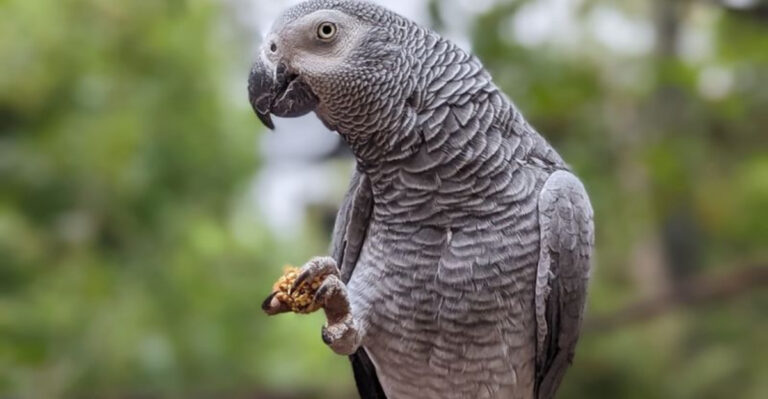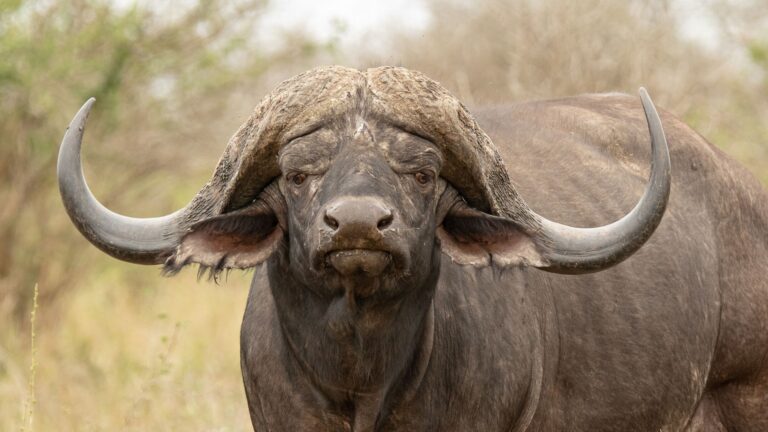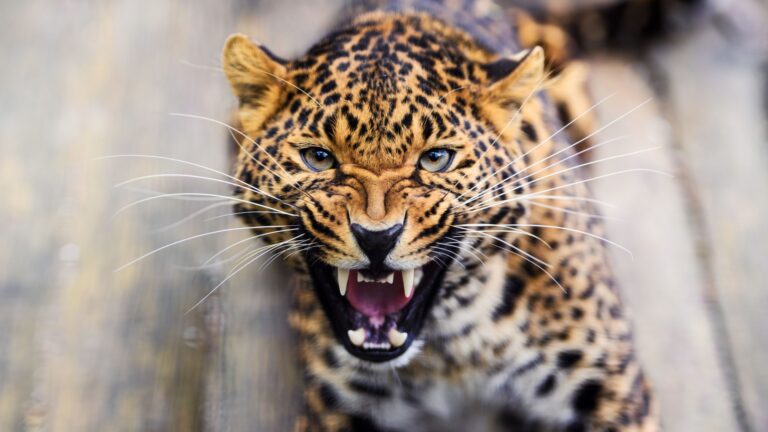Pangolin Listed As Endangered In The U.S. To Stop Trafficking
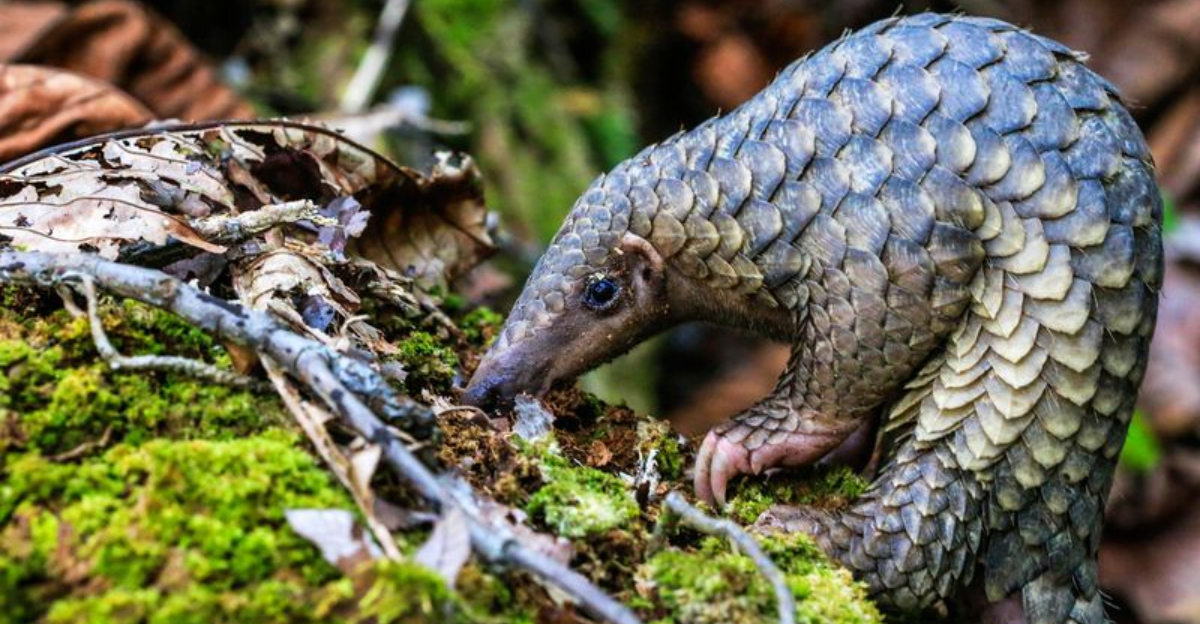
Pangolins, often called the most trafficked mammals in the world, just received a major lifeline. The United States recently proposed listing all eight pangolin species as endangered under the Endangered Species Act.
This critical move aims to shut down America’s role in the global pangolin trade and provide these unique, scale-covered animals with comprehensive legal protection.
1. Complete Protection For All Eight Species
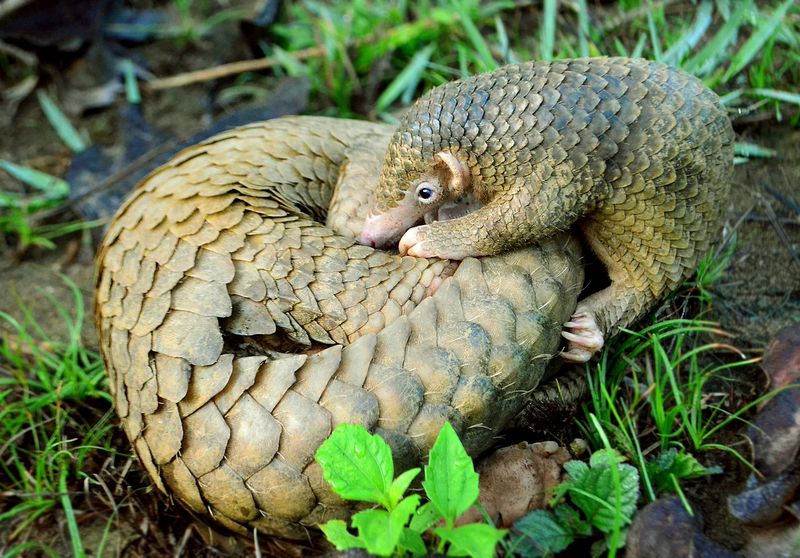
Seven pangolin species will now join the Temminck’s ground pangolin under full U.S. protection. Until now, only one species had ESA safeguards, leaving others vulnerable to exploitation through legal loopholes.
The new ruling creates a unified shield for these creatures, regardless of their native region. Scientists applaud this comprehensive approach that acknowledges all pangolins face similar threats worldwide.
2. America’s Surprising Role In The Crisis

Despite pangolins never naturally occurring in North America, the United States has emerged as a significant transit hub for pangolin products. Traffickers exploit the country’s massive consumer market and transportation networks.
Customs officials regularly intercept pangolin parts at major ports and airports. The U.S. serves as both a destination and a waypoint for these products moving between Africa, Asia, and other regions.
3. The Market For Pangolin Products
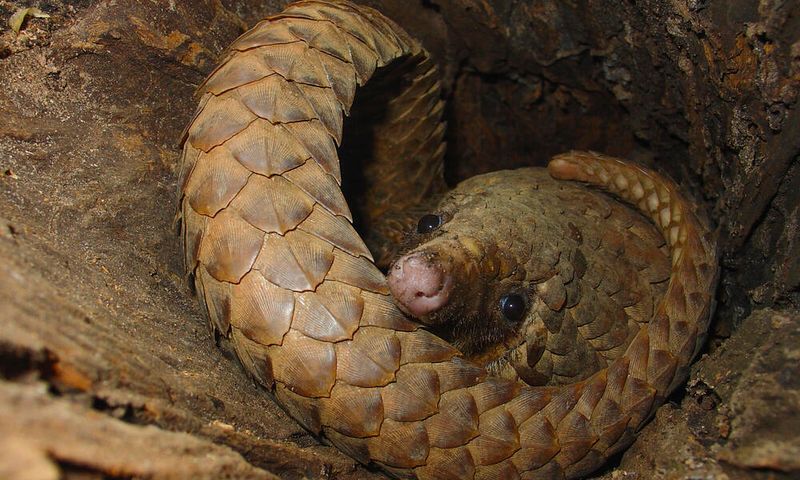
Luxury fashion items made from pangolin leather have quietly entered American markets for years. Their distinctive diamond-patterned scales create unique textures for high-end boots, belts, and wallets.
Beyond fashion, pangolin scales appear in certain alternative medicine products. The meat, considered a delicacy in some cultures, occasionally surfaces in underground exotic food markets, commanding premium prices from those seeking rare culinary experiences.
4. Closing Legal Loopholes
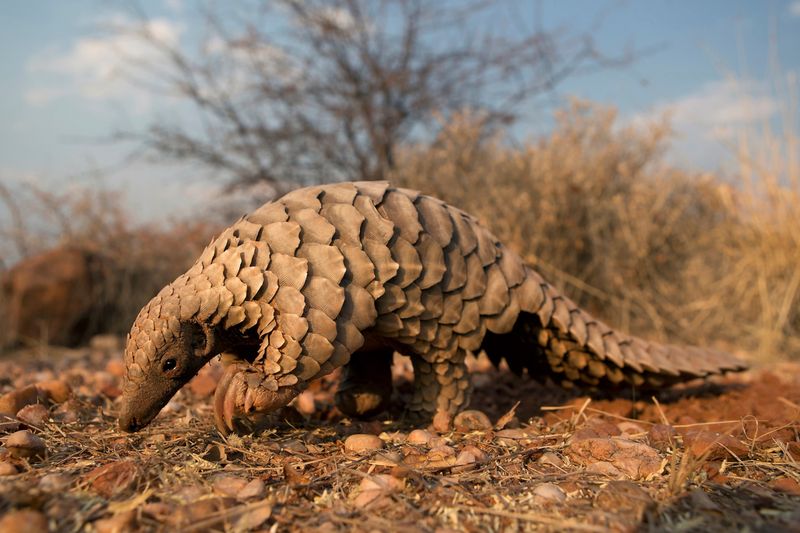
The ESA listing creates an airtight barrier against pangolin trafficking. Previously, only international trade was restricted through CITES, but domestic sales remained possible once products entered the country.
Now, transporting pangolin parts across state lines becomes a federal offense. This closes the backdoor that allowed traffickers to claim products were obtained before restrictions or came from non-protected species.
5. Stronger Tools For Law Enforcement
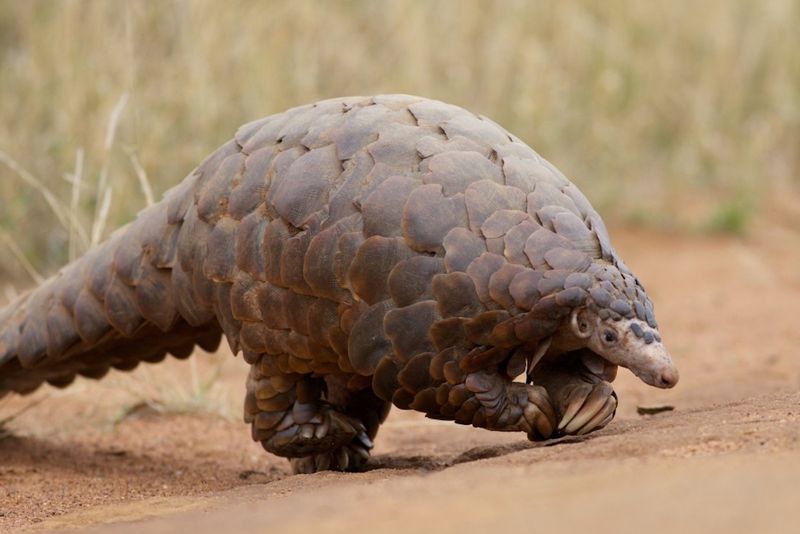
Federal agents gain powerful new weapons against wildlife traffickers under the ESA. Penalties now include up to $50,000 in fines and one year imprisonment per violation, creating real consequences for smugglers.
The Fish and Wildlife Service can dedicate additional resources to pangolin-specific investigations. This includes specialized training for agents and new detection methods at ports of entry to identify pangolin derivatives in various forms.
6. The Staggering Scale Of Trafficking
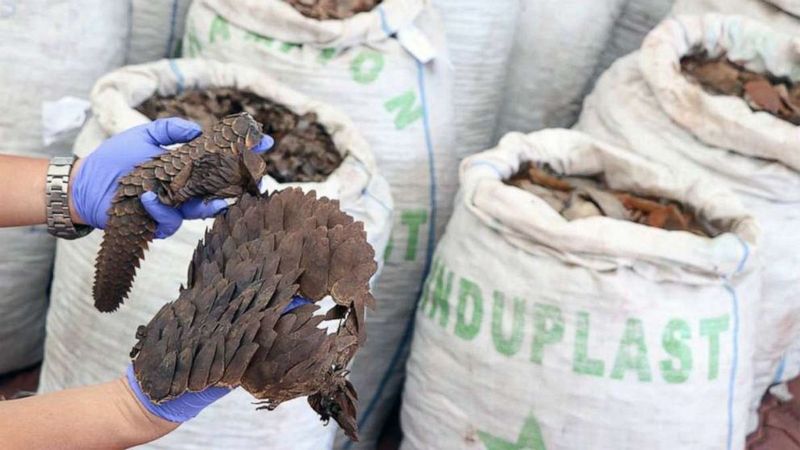
Between 2014 and 2021, authorities intercepted an estimated 8.5 million pangolins in the illegal wildlife trade. This figure represents only what was caught – experts believe the actual number trafficked is far higher.
Most seized pangolins originated from African nations, showing a troubling shift as Asian populations dwindled. A single raid might recover thousands of pangolins, demonstrating the industrial scale of this criminal enterprise.
7. Nature’s Walking Pinecones
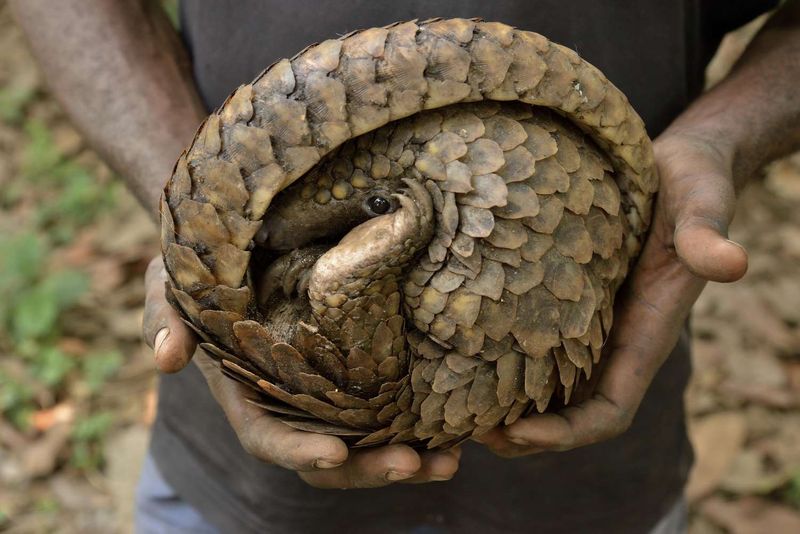
Pangolins possess one of the animal kingdom’s most distinctive appearances. Their overlapping keratin scales create natural armor accounting for about 20% of their total body weight.
When threatened, they curl into nearly impenetrable balls. Their long, sticky tongues can extend up to 16 inches to extract ants from deep tunnels. These remarkable adaptations evolved over millions of years but offer little protection against human hunters.
8. Ecological Importance Of Pangolins
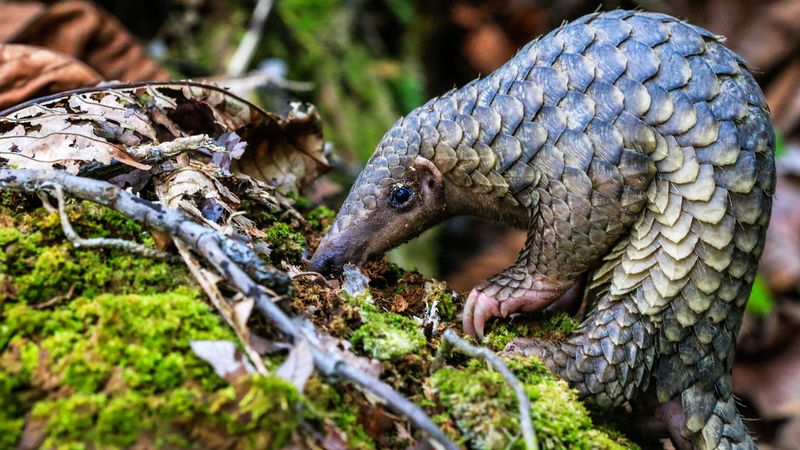
A single pangolin consumes up to 70 million insects annually, making them natural pest controllers. Their constant foraging aerates soil and spreads nutrients throughout forest ecosystems.
Their specialized diet targets specific ant and termite species that might otherwise reach destructive population levels. When pangolins disappear from an area, insect populations surge, creating cascading effects throughout the food web and potentially damaging agriculture.
9. Myths Driving Pangolins Toward Extinction
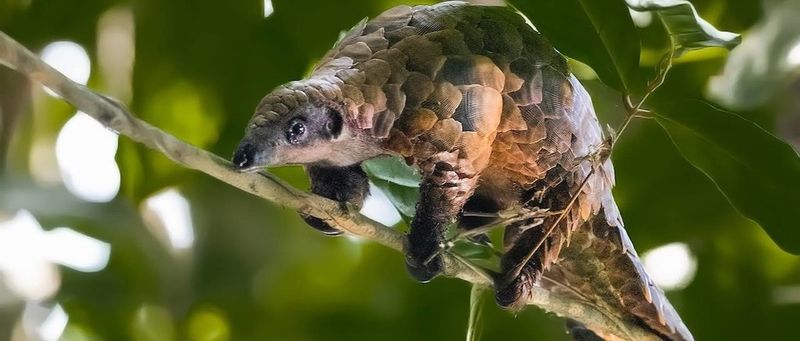
Traditional medicine systems in parts of Asia attribute healing properties to pangolin scales despite their composition being identical to human fingernails. Some believe they cure everything from cancer to asthma.
In certain cultures, consuming pangolin meat supposedly brings good luck or enhances virility. Scientific studies consistently find zero medicinal value in pangolin products, yet these beliefs persist, fueling a black market worth billions of dollars annually.
10. Global Ripple Effects Of U.S. Decision
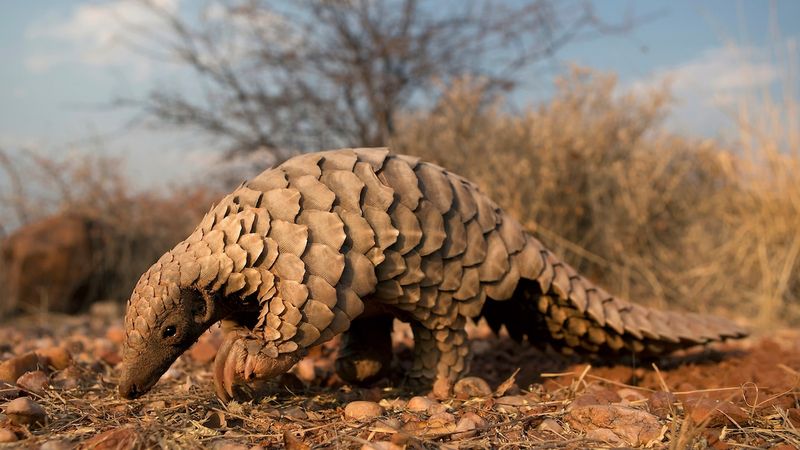
America’s stance on pangolins sends powerful signals to international markets. When the U.S. strengthens wildlife protections, other nations often follow suit to maintain trade relationships and avoid sanctions.
Conservation groups can leverage this precedent when pushing for stronger protections elsewhere. The decision particularly pressures Asian nations with active pangolin markets to enforce their own laws more rigorously and close remaining loopholes in their regulatory systems.
11. Public Comment Period Matters
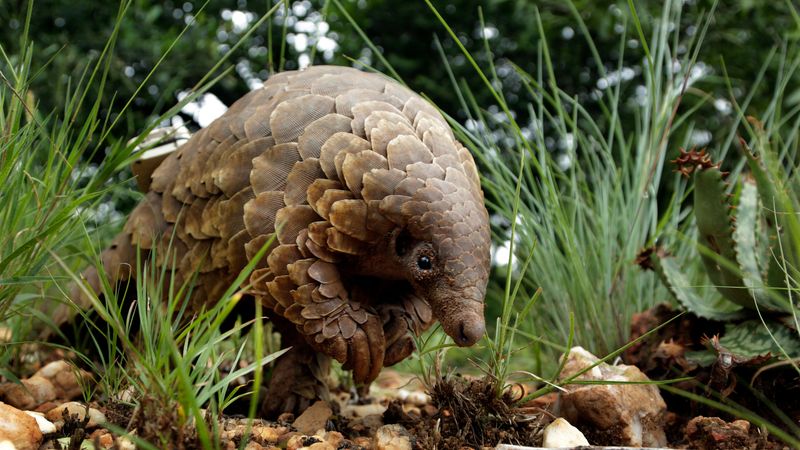
Until mid-August, Americans can directly influence the final ESA ruling by submitting comments to the Fish and Wildlife Service. Every submission becomes part of the official record and agencies must address substantial concerns.
Conservation organizations are mobilizing supporters to demonstrate public backing for these protections. Even brief comments help, as agencies track overall sentiment. This democratic process ensures regulations reflect both scientific evidence and societal values regarding wildlife protection.
12. Beyond One Species: The Bigger Picture
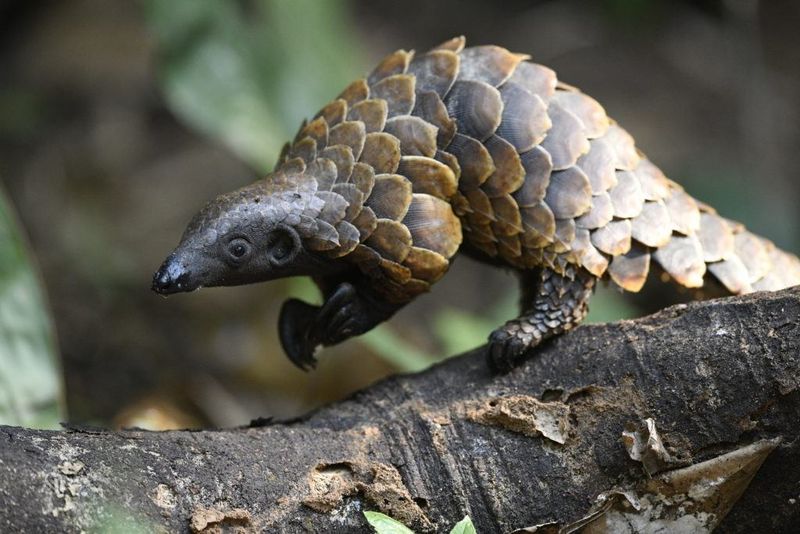
Pangolins serve as a flagship species in the battle against wildlife trafficking. Their protection creates legal precedents and enforcement mechanisms that benefit countless other threatened animals.
The same criminal networks trafficking pangolins often deal in rhino horn, elephant ivory, and tiger parts. Disrupting these networks protects entire ecosystems. Conservation experts view pangolin protection as a critical domino that could help topple larger wildlife crime syndicates.

